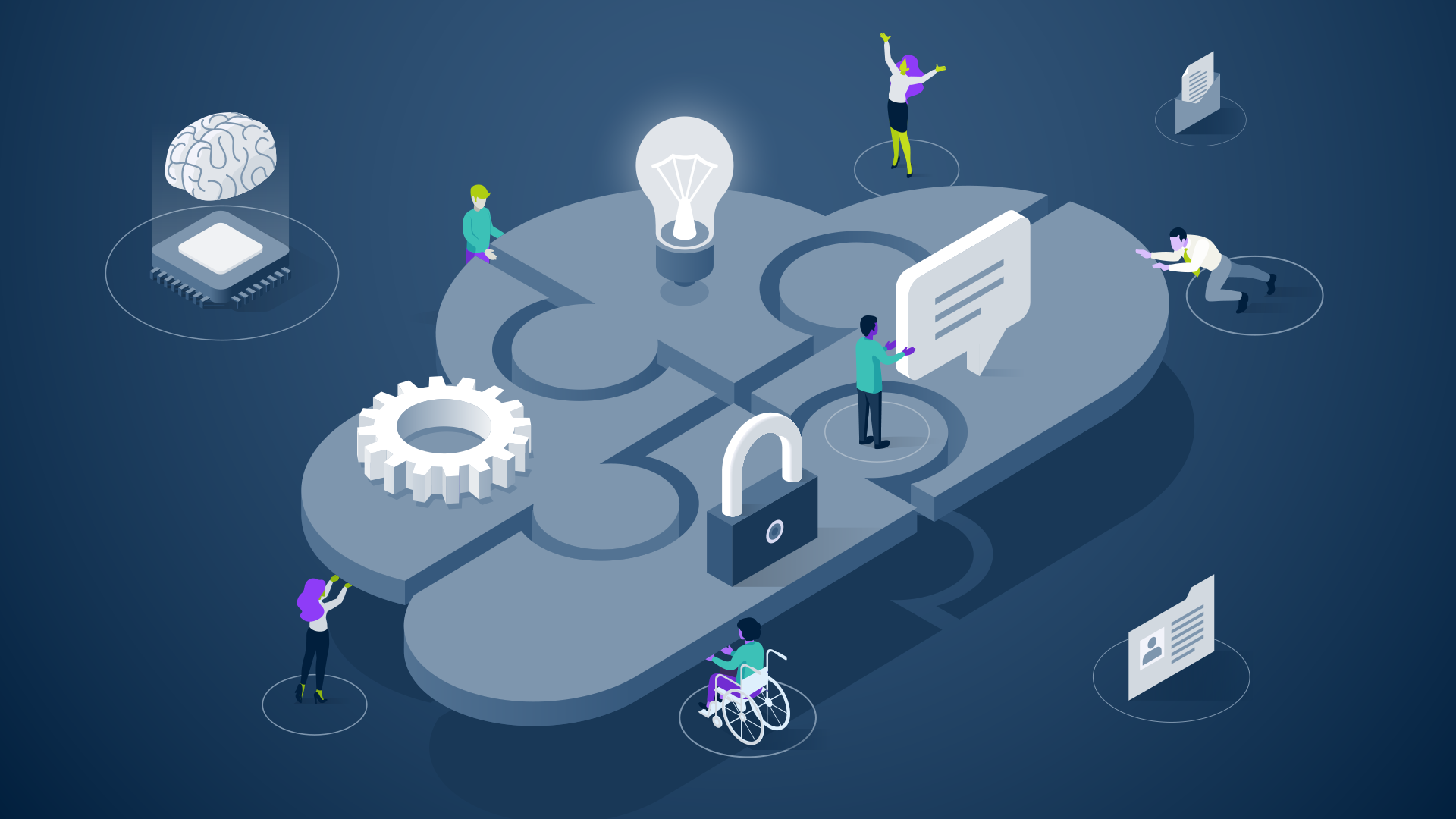
A what?
An iPaaS—integrated Platform as a Service—is a cloud-based platform that provides automated tools for creating and managing integrations between applications. More than just middleware, the iPaaS simplifies integration of your systems and data, wherever they are located—including hybrid cloud configurations.
However, not all iPaaSes have the same features and functionality. They range from the most basic—those that only connect a set list of common applications with simple, limited connectors—to the most advanced—those that let you connect any application, data, device or process, in a hybrid cloud environment designed for enterprise scale. A multi-function iPaaS is on the most robust end of this scale, where you can easily build the most complex of API-led applications.
Here’s six factors that will help you decide:
1. You are struggling to integrate a complex landscape—inside and outside your organization
Enabling data transfer between suppliers and customers increases operational efficiency—but the complications involved are significant. An iPaaS provides a cloud-based mechanism to exchange documents without adding to infrastructure complexity—or requiring additional capital expenditure on hardware, maintenance or support. The relative simplicity of an iPaaS means that you can engage more ‘citizen integrators’ too, freeing up skilled IT resources to focus on other, more technical projects.
2. You're operating in an unwieldy hybrid environment—on-prem to multi-cloud
The modern IT environment uses a combination of self-hosted and cloud-based systems, adding to management complexity. A multi-function iPaaS provides a seamless connection between all your assets, no matter where they are based, making it easier to administer connections and data for smarter, more efficient operations.
3. You use a lot of APIs—and are struggling to manage the full lifecycle reliably
An iPaaS allows you to build custom integrations, convert them to APIs, and push them to a gateway that enforces appropriate usage and security protocols. Other tools can provide some of this functionality, but only a multi-function iPaaS can do it all from a single platform.
4. You need to deliver new digital capabilities quickly
Ever-evolving customer expectations and the need to secure a competitive advantage pressure companies to innovate continuously. And innovating with agility is a key priority. A single platform that empowers both technical and business users to become true innovation partners allows your organization to quickly adapt as demands change and get to market faster.
5. You may be paying for more than you need to
Core-based pricing structures and annual subscriptions are incompatible with modern application design and deployment, leading to over-spending and waste. Using tiered consumption-based pricing, an iPaaS ensures you only pay for what you use, giving greater cost control and visibility of spend.
6. You need to free up your developers to focus on development
Integrating and updating APIs can be a significant drain on development resources. Choosing a multi-function iPaaS to manage integrations centrally not only simplifies and accelerates deployment, but it also allows citizen integrators to easily create workflows, which then frees up your developers to spend more time on building the software and services your organization needs to achieve strategic goals.







